Giving a Hoot
MPG Ranch is tracking owls to unlock their migration secrets

Story and photos
by Michael Martello
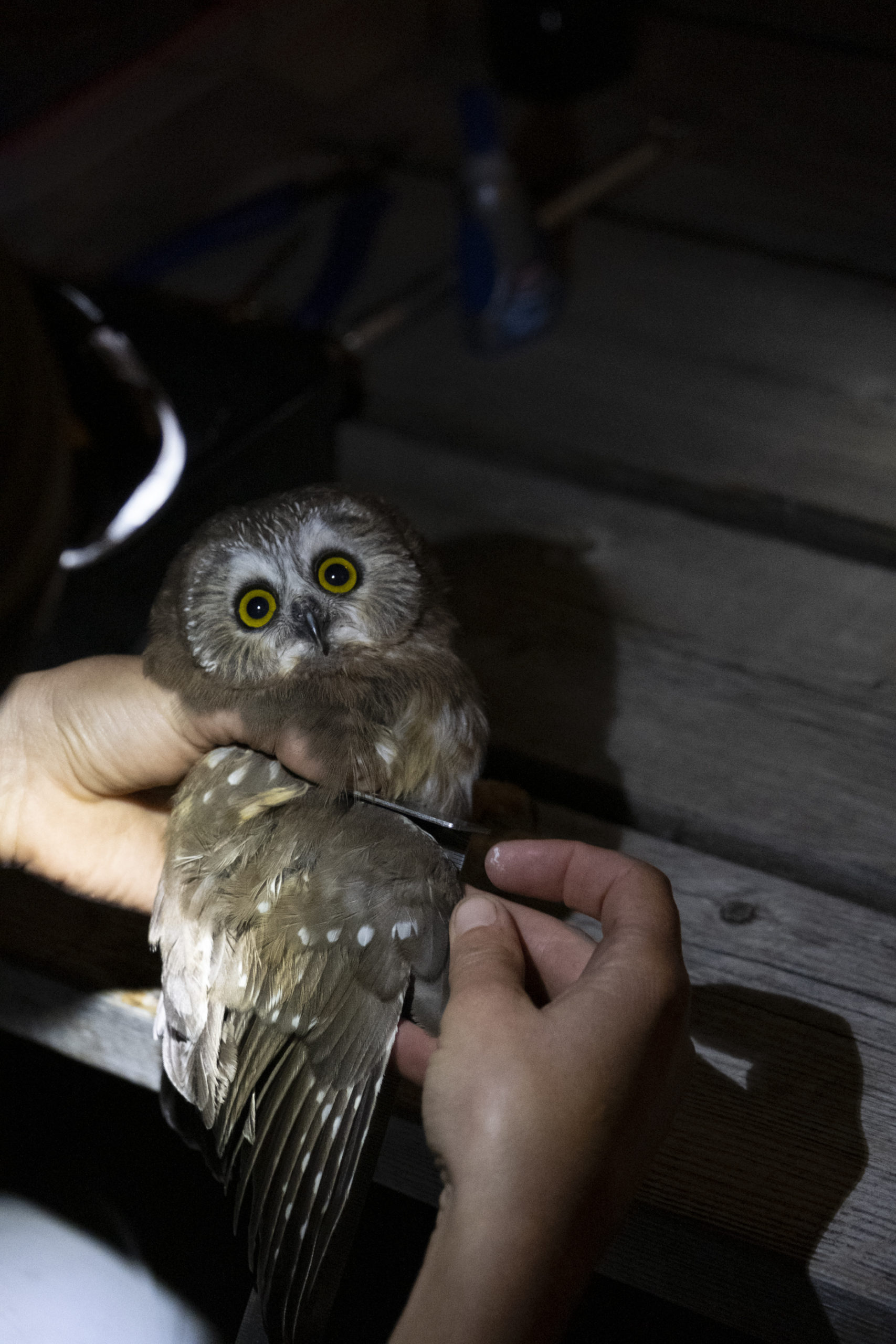
On an October evening at the MPG ranch, just before dusk, a northern saw-whet owl mating call, composed of sharp hoots, plays over a loudspeaker. The goal is to capture saw-whet owls in large mesh nets, which have been placed in a triangular pattern, tangled between thin trees next to a riverbank. Every 20 minutes the nets are checked. If an owl is present, it is safely removed and placed in a cotton sack to be weighed. The larger goal: To understand where these owls are going and what their future holds.
MPG ranch, established in 2009, is a 15,000-acre property in the Bitterroot Valley of Western Montana. It focuses on restoration and conservation. Since 1881, the property has been primarily used for raising livestock and other agricultural practices, which displaced and removed native flora and fauna from the area. Now the ranch is run by wildlife biologists and ecological experts who focus on projects to restore and conserve the landscape. They study everything from the microscopic fungi in soils that promote plant health, to the migration of large game, such as elk and mountain lions.
The ranch has around 30 full-time employees and is privately funded. They don’t rely on federal grants and don’t profit directly from natural resources extracted during the process.
Studying bird migration is an ongoing project at the ranch. Researchers look at which bird species are using the Bitterroot corridor as a passage of migration. They do so using radio and GPS transmitting devices, which locate species’ travel and settling patterns over multiple years.
MPG researchers have tracked common nighthawks migrating to South America — mainly Argentina — Lewis’s woodpeckers migrating to the mountains of Oregon, and western osprey migrating to Southern Mexico. Their studies aim to understand where these species travel and breed during different periods of their life cycles.
A current study is focusing on the movement of the northern saw-whet owl. The saw-whet owl moves in large numbers and is relatively easy to capture due to its small size, averaging a body length of 20 cm.
This project is helping avian wildlife biologists at the ranch understand migration from a broader lens. They track migration through time, climate shifts and other environmental variables that affect flight patterns and where different species choose to breed.
“A larger part of the migration study is to understand the migration corridor. That’s the path that they take to get to their wintering grounds,” said Mary Scofield, a researcher at the ranch, as she measured the wing length of a first-year saw-whet owl. They are trying to understand which landscapes the owls use as they move from their summer grounds to their wintering grounds.
The employees who handle the owls have years of training on how to capture the birds safely and avoid injuring the birds and themselves. They have received federal and state permits to equip the birds with number identification bands and tracking devices.
After she weighs it, Scofield clamps a metal band with a unique number onto its leg and records a series of measurements into an online database, including the approximate age of the species, wear of feather, visible injuries and total body part measurements. A MOTUS tag, that is a small lightweight radio transmitter that sends out pulses every few seconds, is tied onto the owl and will be detected by receivers spread out internationally.
“A large part of landscape connectivity or conservation is understanding how animals use a landscape,” Scofield said. “We are more interested in the [Bitterroot Valley] corridor. Where do they go, and how did they get there? Long-term, this project may not be able to answer these questions. But other long-term migration studies can look at how that might change with climate change or the spreading of cities and how forests and landscapes are managed?”
When the tagging of the saw-whet owl is complete, the owl is gently placed on a nearby river birch branch, where it is given time to readjust to its natural environment and, in time, fly back into the night.
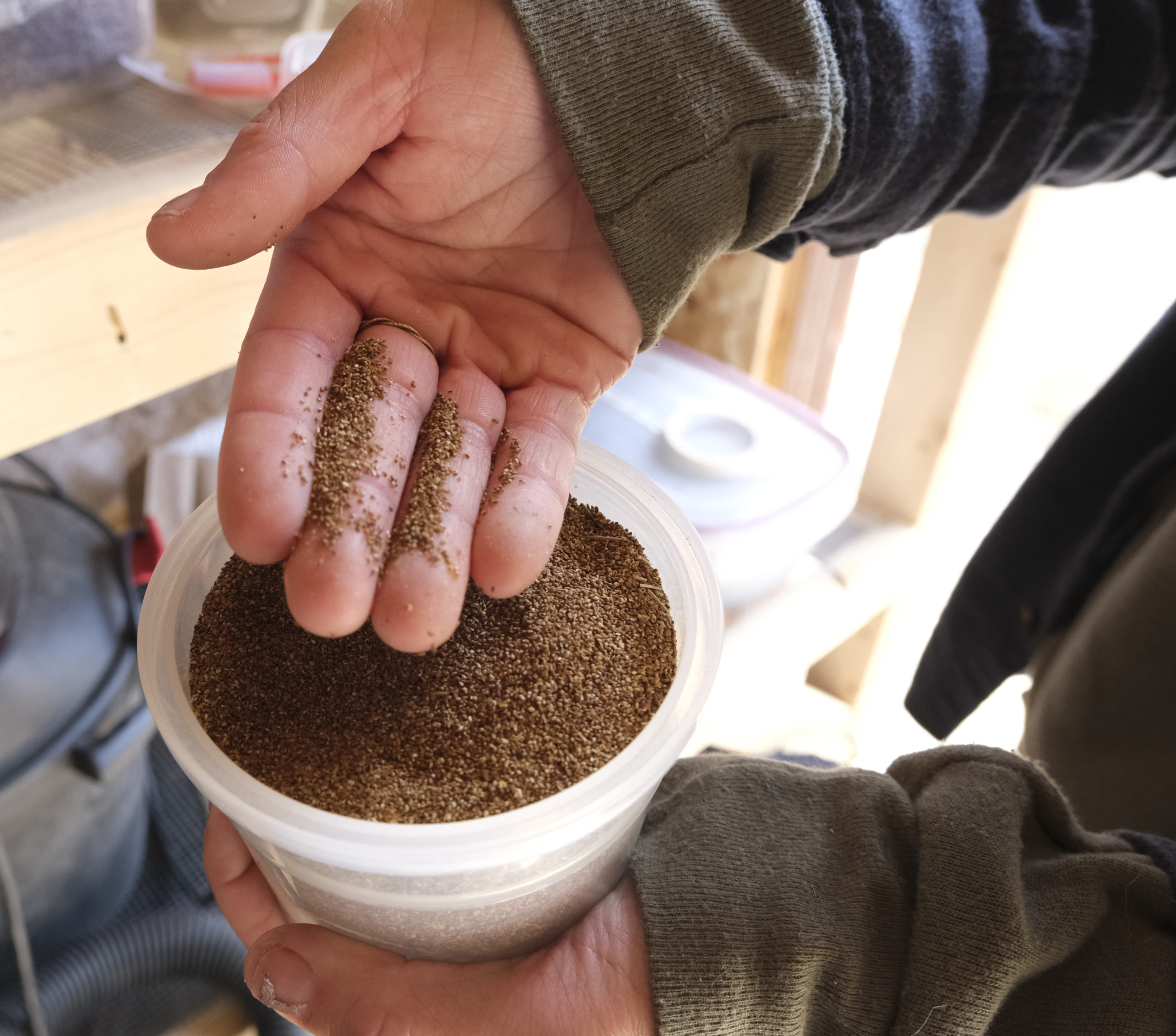
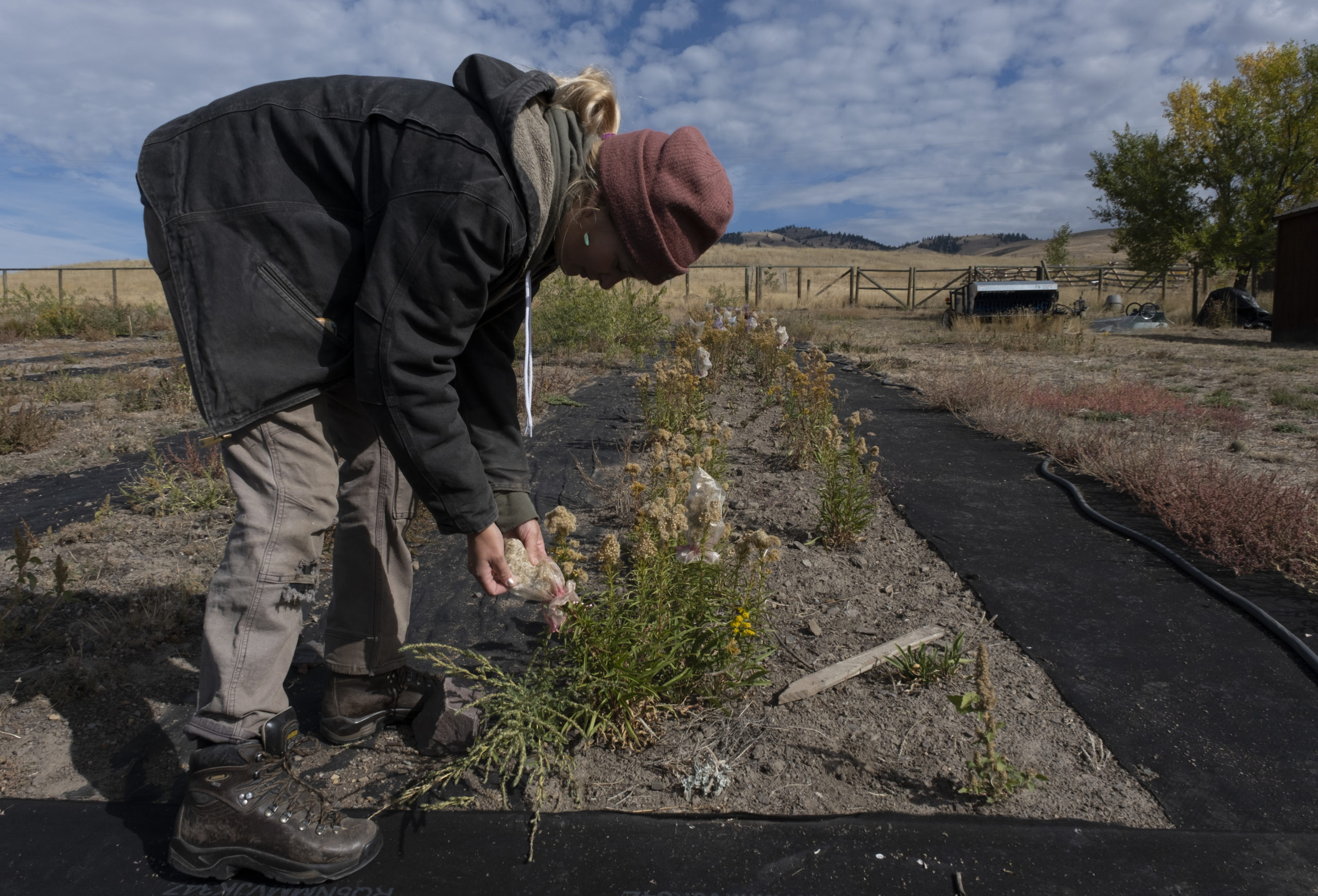
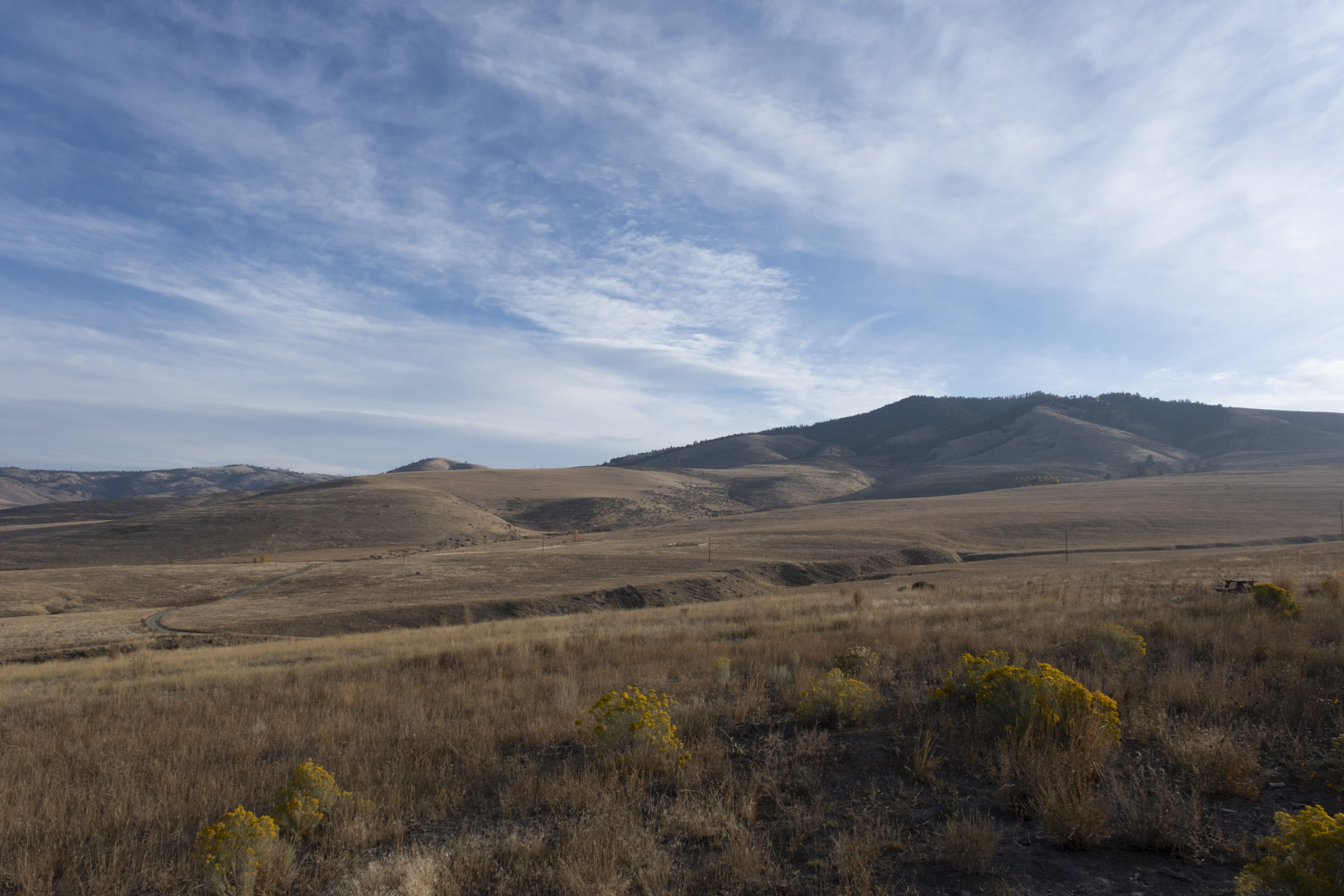
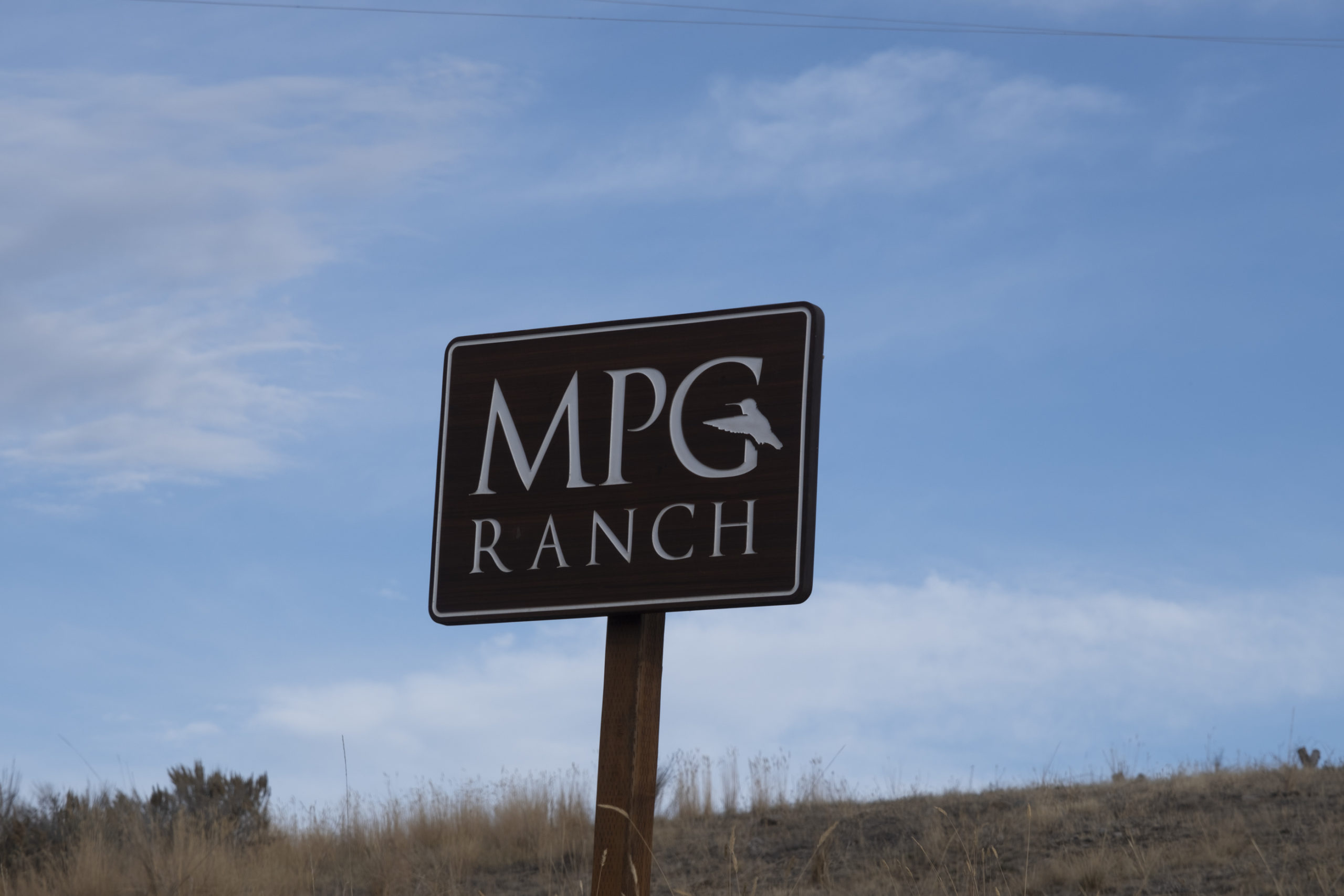
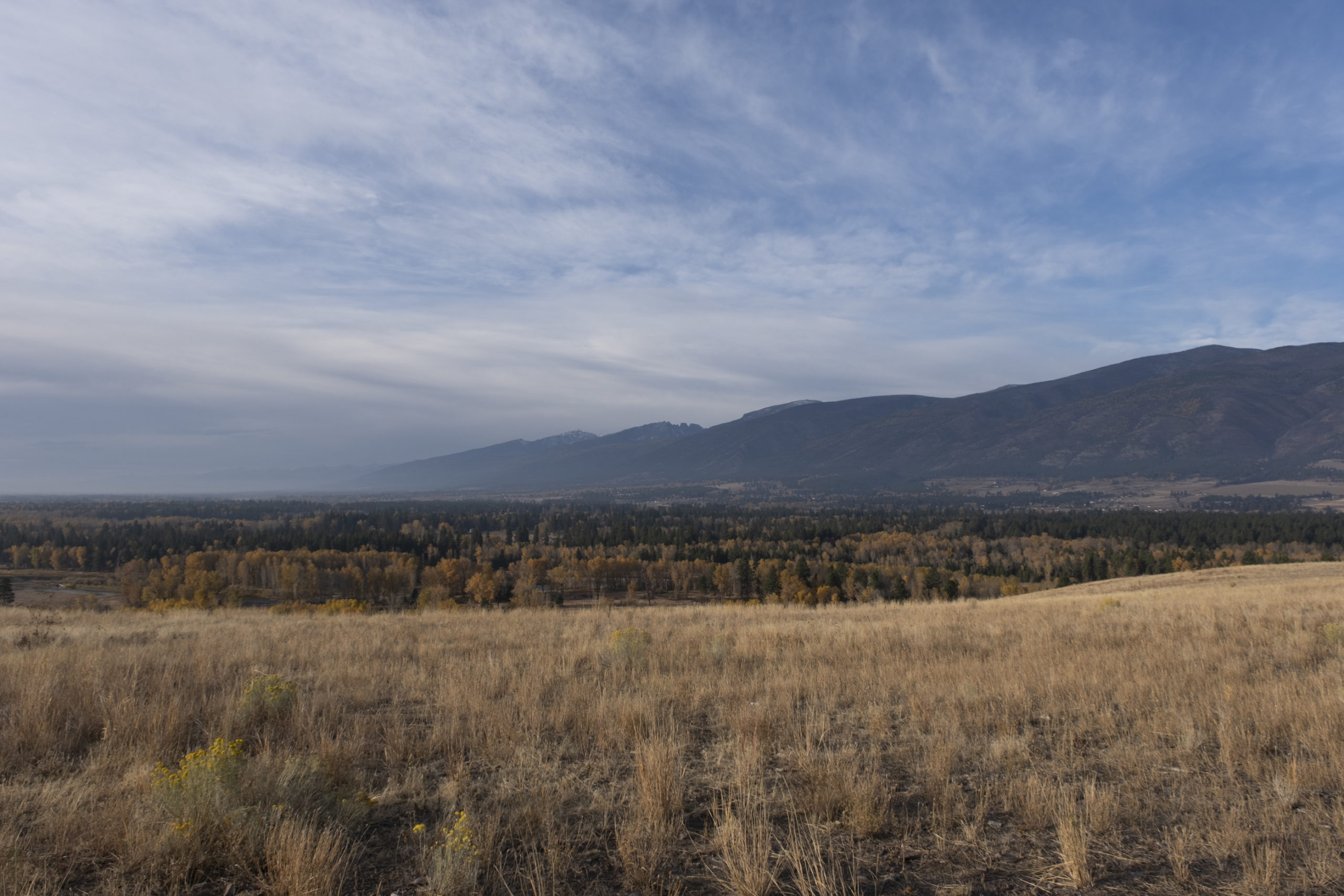
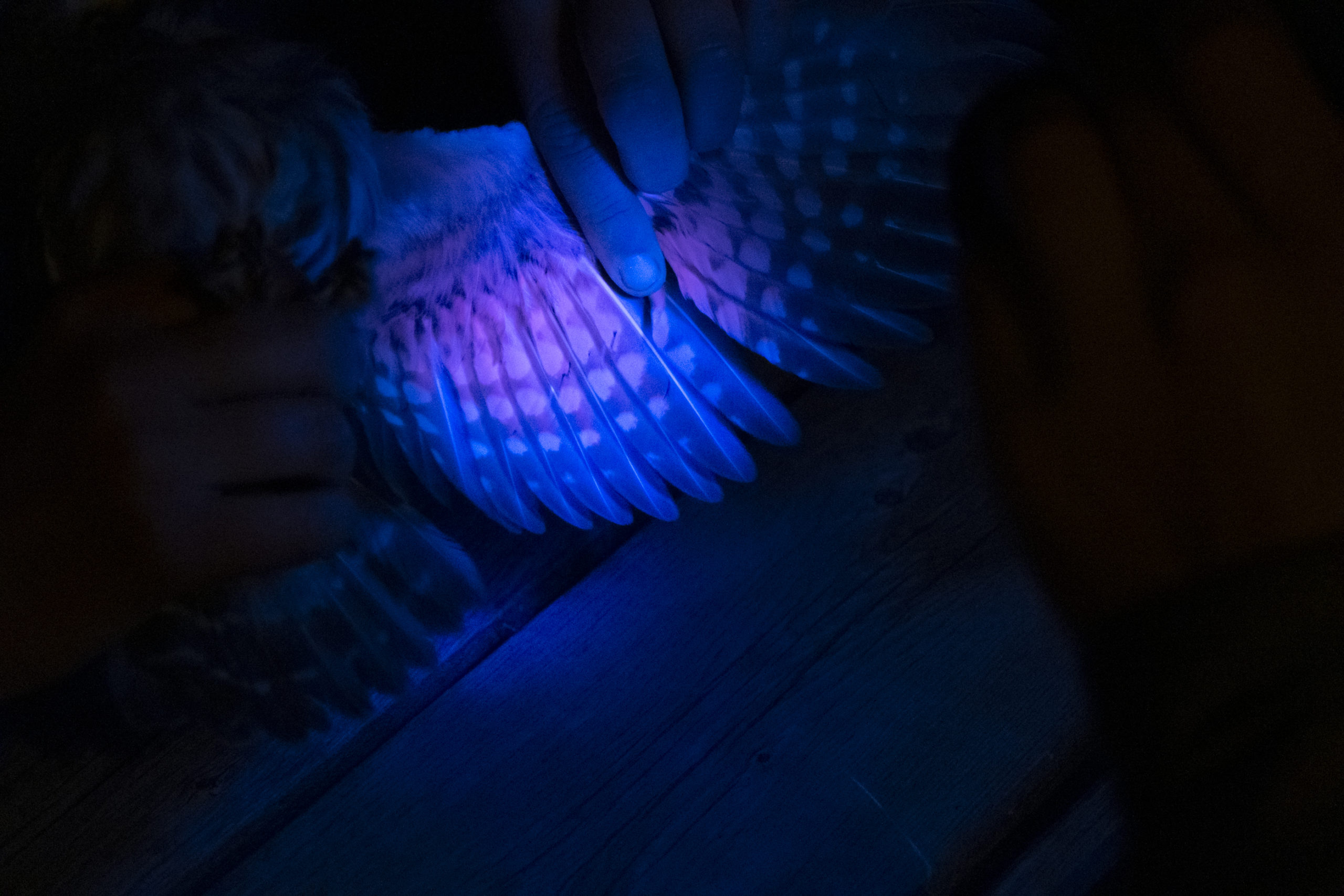
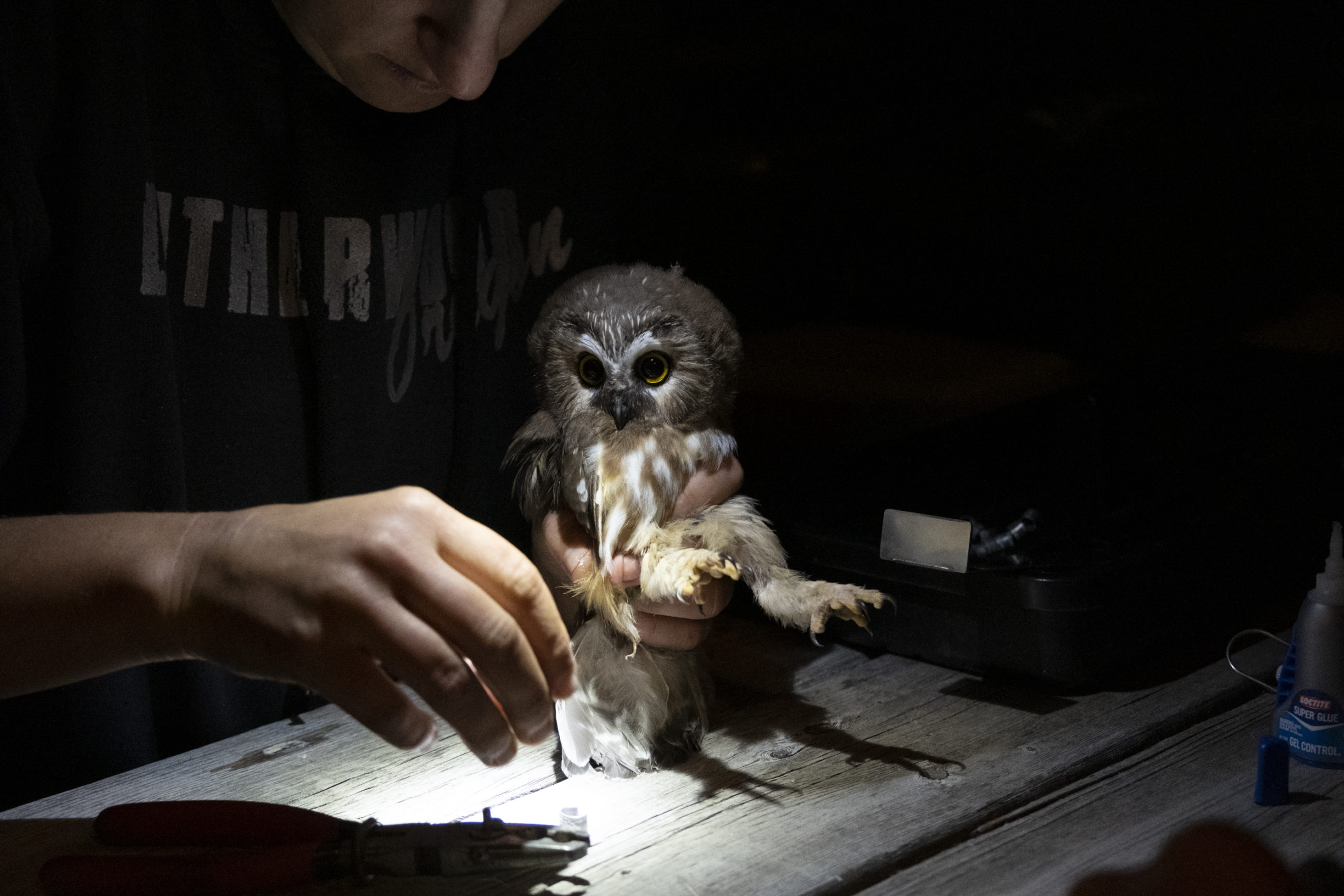
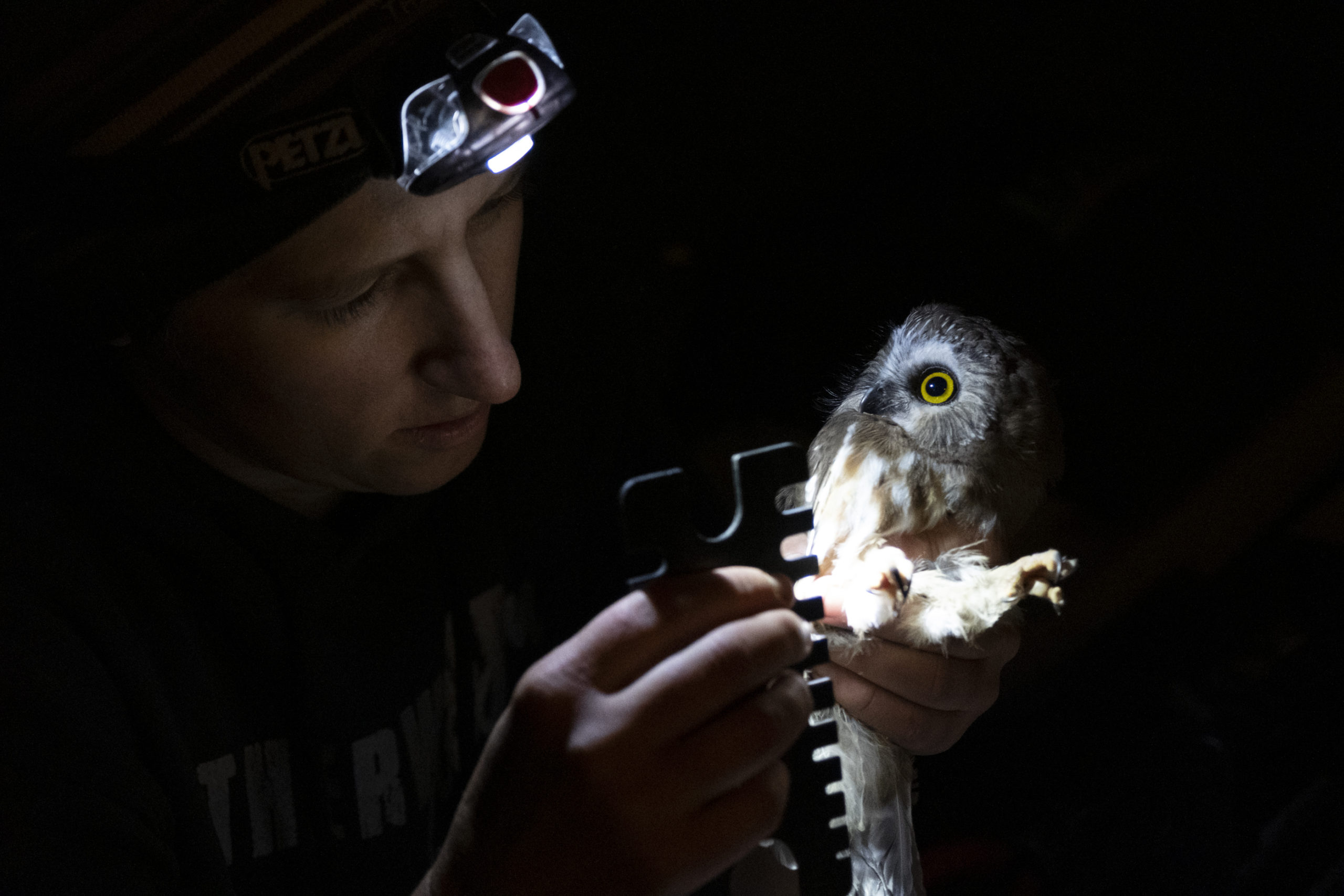
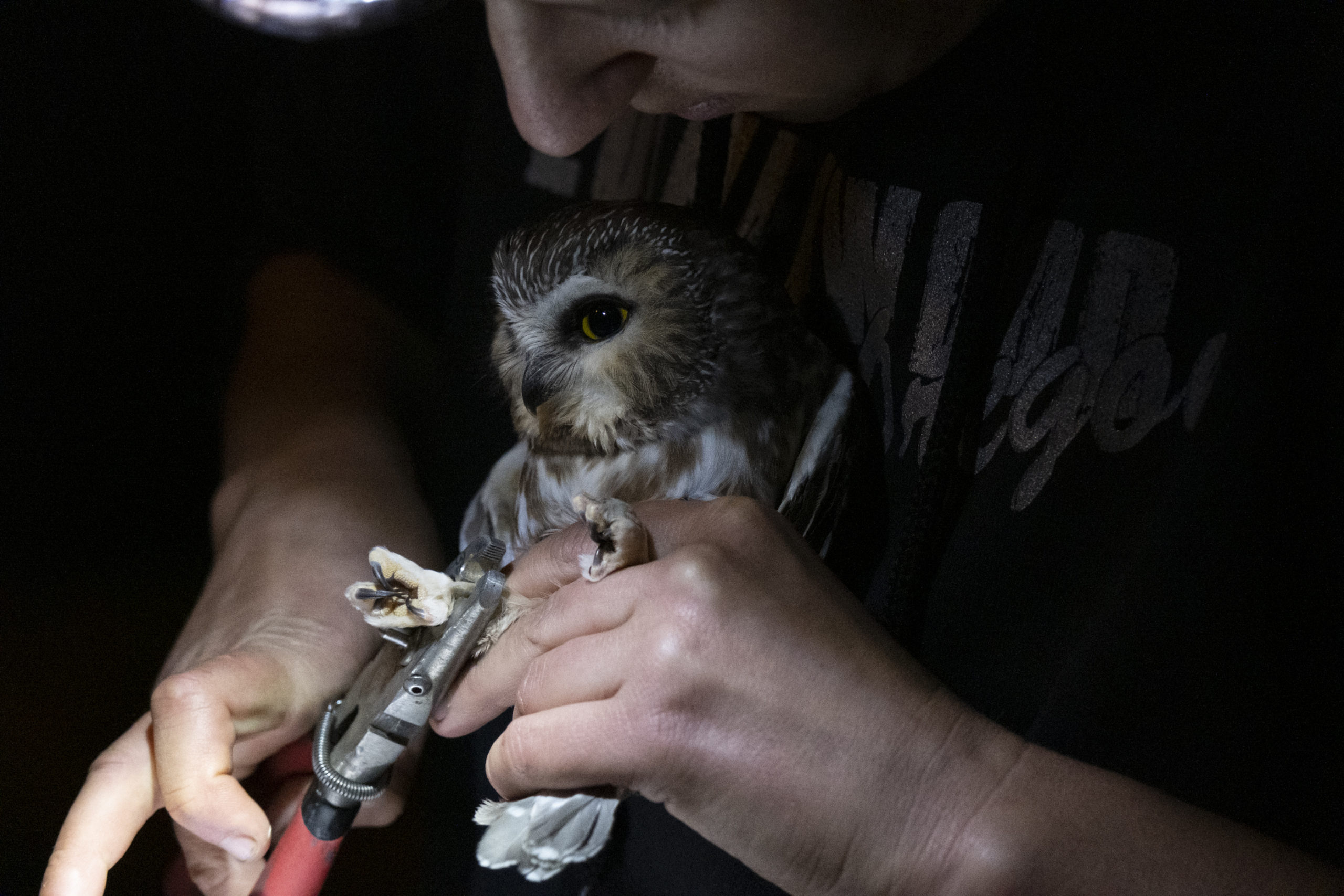
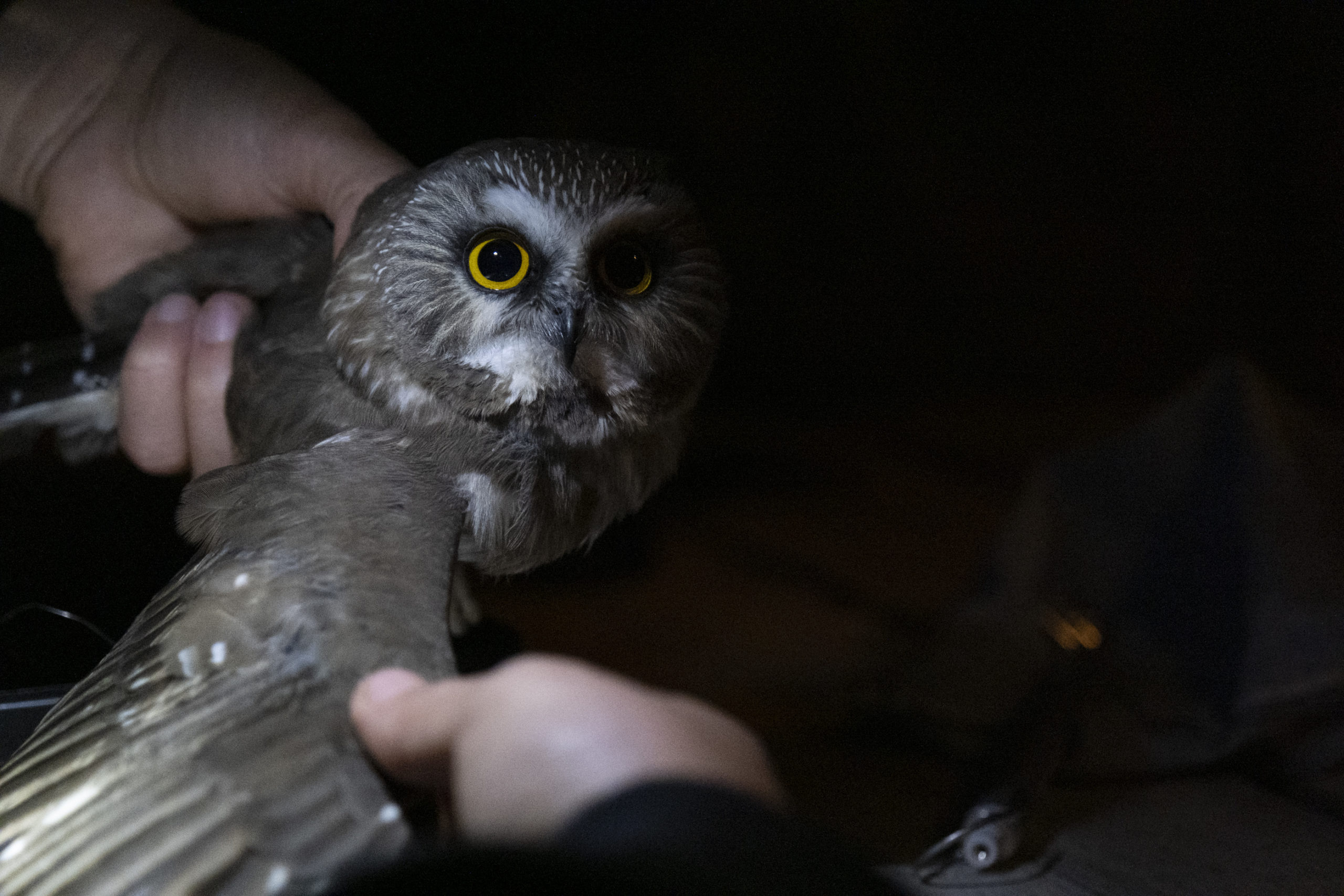
Previous
Next

Facebook
Twitter
Instagram

Copyright © 2021 Byline Magazine
